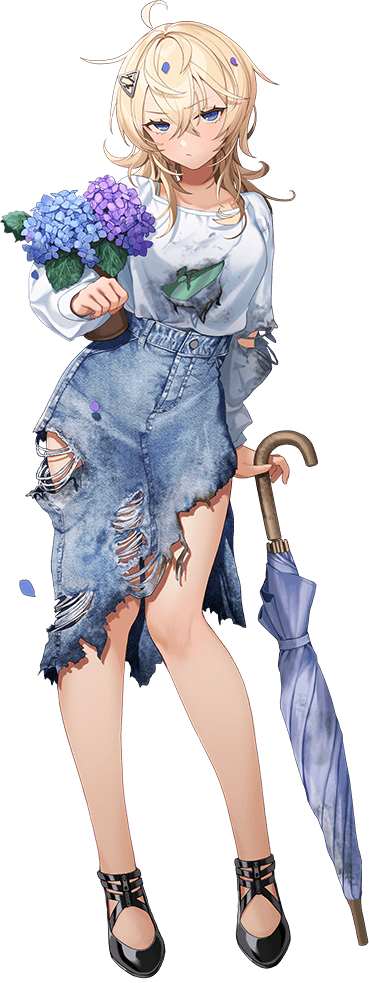#gotland
Text
sound on to hear tiny hooves!!
stumbled upon this video on my phone this morning. it’s from my trip to gotland in 2017. these little horses are gotlandsruss and a semi-wild herd of them live in a forest called “lojsta hed”.
my family and i were there, we had been walking through the forest for a long time hoping to see the herd but had no luck. just as we turned around to go back to the car, we step out on this path and suddenly see a whole family of mothers and foals :’) i managed to capture this video of the foals playing, and it’s the most precious video i have on my phone.
i thought you all would love to see some little foals playing <3
2K notes
·
View notes
Text

Dawsonoceras is another cephalopod that swam the waters of Sillurian Gotland. They are an orthoceratid straight-shelled nautilid that floated in a vertical position on the water collumn.
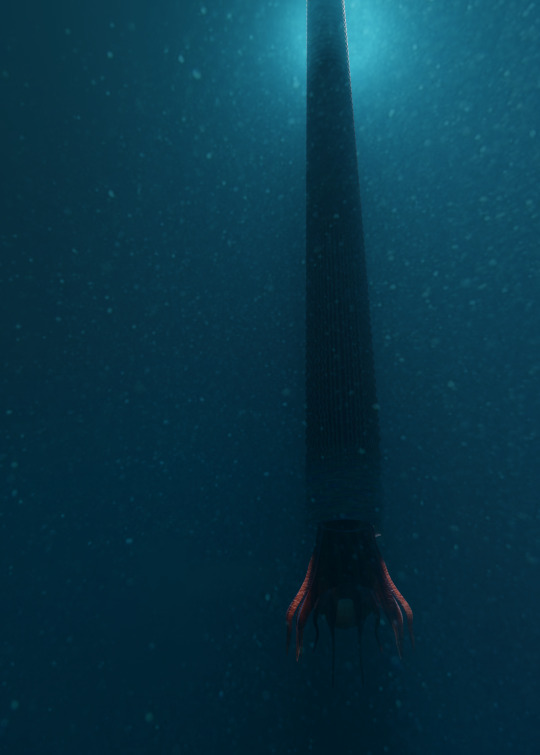
Although they are far smaller than some of the other orthocones and endoceratids that reached lengths of up to 5 meters, their shell is just as beautiful to behold.
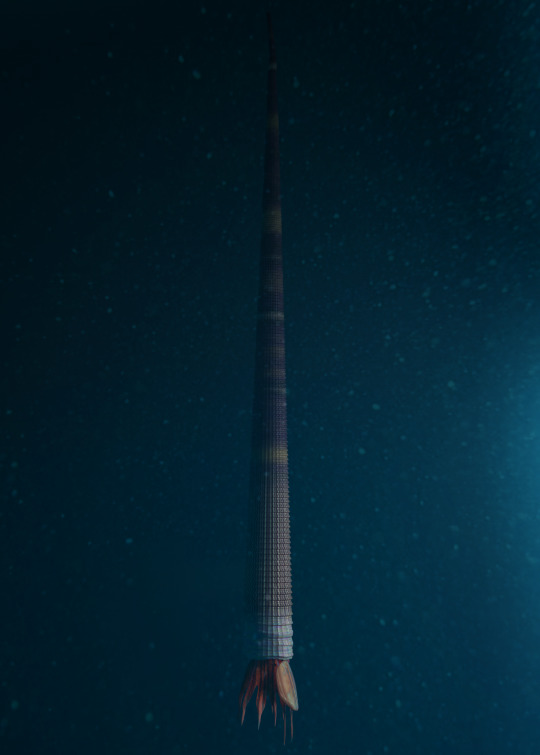
Kröger, B. (2013). The cephalopods of the Boda Limestone, Late Ordovician, of Dalarna, Sweden. European Journal of Taxonomy, (41).
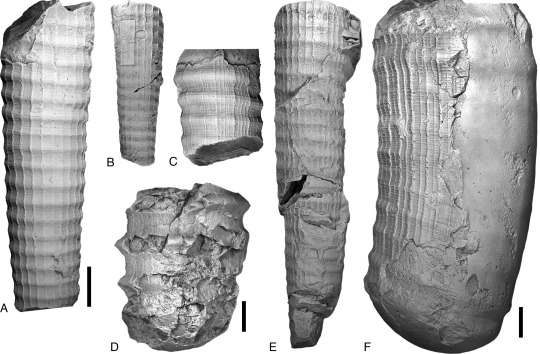
Above specimens A,B, & E are dawsonoceratids, Scale bars: 10 mm.
From what I can gather, their adult shell diameter reaches 2.5 cm wide and it's hard to guess the total length because a lot of the shells are fragmentary. There seems to be one complete specimen online that was described to be 7.1" inches long
And another here that's 40 cm long, although it's an ID-guess from the blog poster
#paleoart#palaeoblr#paleontology#cephalopod#blender#blender3d#3d model#3d art#3d modelling#3d#orthocone#dawsonoceras#silurian#gotland
512 notes
·
View notes
Text

Visby, Sweden
519 notes
·
View notes
Text

(by Lena Polishko)
#vertical#landscape#x#a#watsf#curators on tumblr#Lena Polishko#Visby#Sweden#Gotland#leaf#hand#autumn#fall#city#buildings#road
490 notes
·
View notes
Text

Sheep shed roof with a kind of sedge, Fårö, Gotland, Sweden, ca. 1940 - by Carl Gustaf Rosenberg (1883 - 1957), Swedish
95 notes
·
View notes
Text
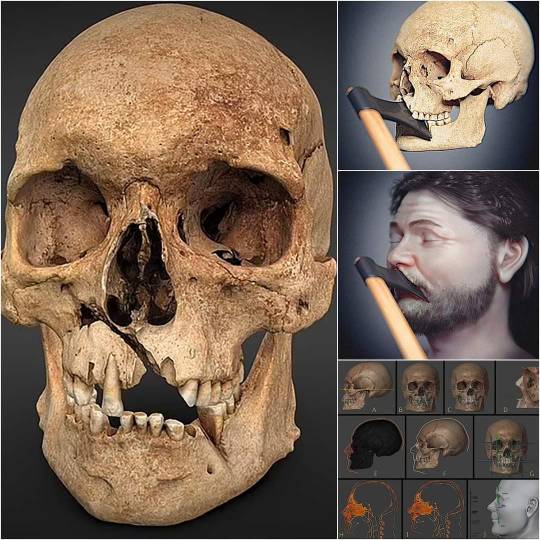
Boop!
‘Axe stuck in his face’: Battle of Gotland warrior’s face reconstructed with 3D technology
https://interestingengineering.com/science/axe-stuck-in-his-face-battle-of-gotland-warriors-face-reconstructed-with-3d-technology
107 notes
·
View notes
Text



The Virgin Mary
Made in Gotland, early 14th century
Church of Saint Henry. Nousiainen
Currently at National Museum of Finland
July 2021
#medieval#art#wooden statue#14th century#Gotland#Finland#statue#National Museum of Finland#clothing#keskiaika#Kansallismuseo#my photo
80 notes
·
View notes
Text

6: The Snake-witch
The so called "Snake-witch" is depicted on a picture stone on the island of Gotland, dated to 400-600 CE. We don't know who the figure is supposed to be, one theory even suggests that it is an imitation of Continental motifs of Daniel in the lions' den, others have seen it as some kind of witch or völva. That the woman appears to be naked also brings the mind to the sexual themes in seiðr (a kind of Old Norse sorcery mainly practiced by women). I thought it would be fun to draw her as a Scandinavian equivalent to the Minoan "Snake Goddess".
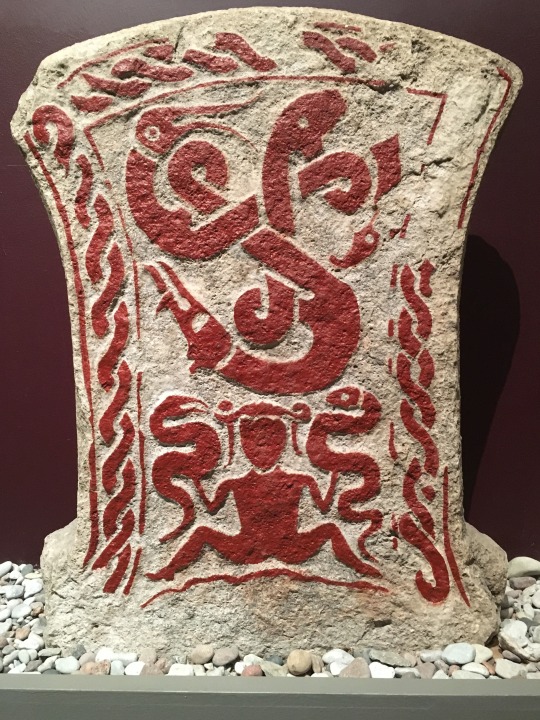
83 notes
·
View notes
Text
Box on bow brooch

A box on bow brooch is a type of brooch exclusively found on the Swedish island Gotland during the Vendel age. As with many Germanic brooches, the name is a description of the object, meaning that in this case the headplate and the foot plate are connected by an obvious arch. In this subtype of brooch, a “button” or more often called “box” is placed on top of the bow, with two bird heads flanking the sides.
They are often in gold or gold plated and inlayed with garnets from south-east Asia. Less than ten brooches have been found outside of Gotland, most predominantly on the East coast of England and modern day Frisia in the Netherlands. This means that the people from Gotland were well traveled and traded goods to far distances, but they never really settled outside of their homeland which is necessary for the spread of dress elements.
The British Museum, England
Museum nr: 1921,1101.221
Found in Gotland, Sweden
#merovingian#frankish#viking archaeology#archaeology#viking mythology#carolingian#charlemagne#field archaeology#germanic mythology#merovingian archaeology#vikings#Viking#gotland#sweden#Swedish archaeology#norse mythology#Odin#jewelry#ancient brooch#ancient jewelry#germanic archaeology#Germanic#germanic paganism#germanic folklore#anglo saxon#frisian#early medieval#early Middle Ages#dark ages
115 notes
·
View notes
Text
In the misty annals of Viking history, tales of conquest and exploration often overshadow the subtler nuances of daily life. Yet, recent archaeological revelations from Sweden's Baltic Sea island of Gotland have illuminated a lesser-known aspect: Viking body modification.
Through the careful examination of skeletal remains, a fascinating tapestry of cultural practices emerges, offering a glimpse into the intricate web of social identities and customs that defined the Norse people during the Viking Age. From elongated skulls to tooth filing, these ancient rituals not only adorned the physical form but also served as markers of status and belonging.
18 notes
·
View notes
Photo

Gotland's coast - Carin Adler
Swedish, b.1929 -
Colour lithograph , 193/225 ed. 31 x 40 cm.
238 notes
·
View notes
Photo
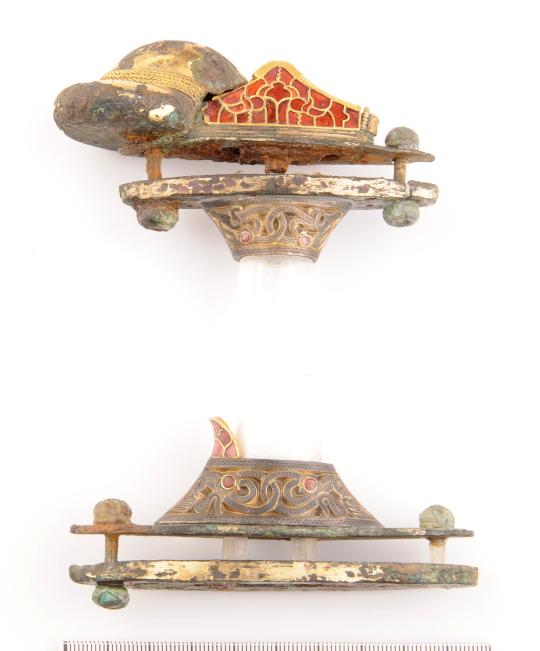


The remains of the hilt from a Migration Era sword stunningly wrought in gilded bronze set with brightly polished garnet, recovered from Vallstena Church, Sweden, ca. 550-800, housed at the Statens Historiska Museer.
#weapons#sword#hilt#migration era#europe#european#sweden#swedish#gotland#statens historiska museer#art#history
259 notes
·
View notes



